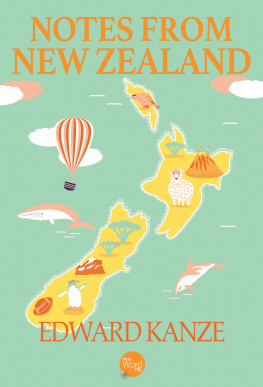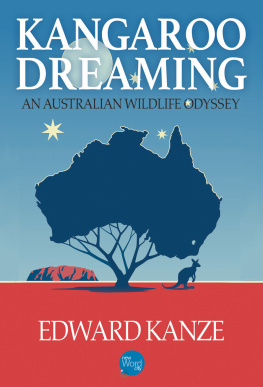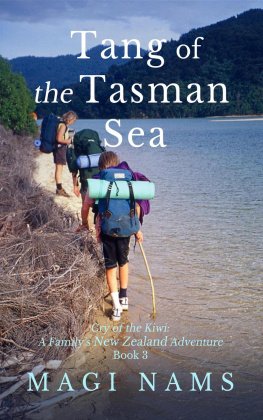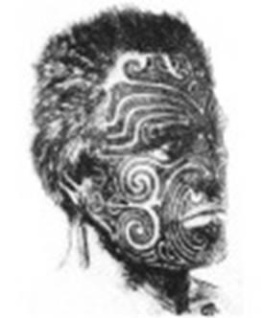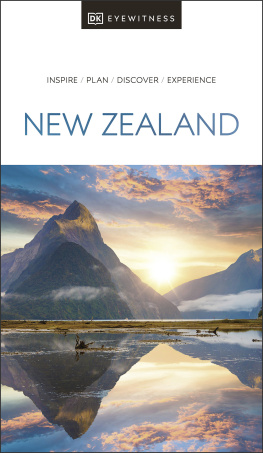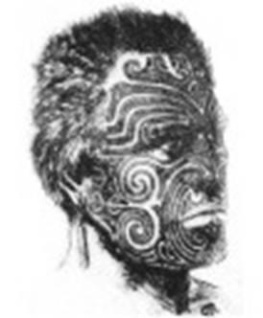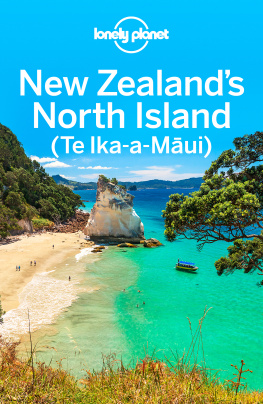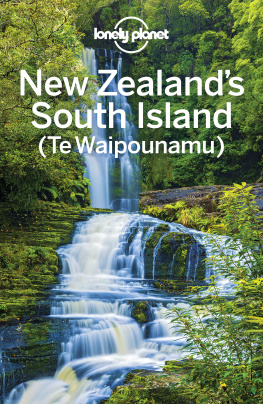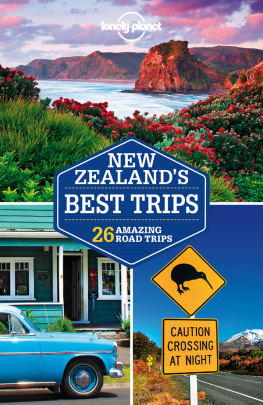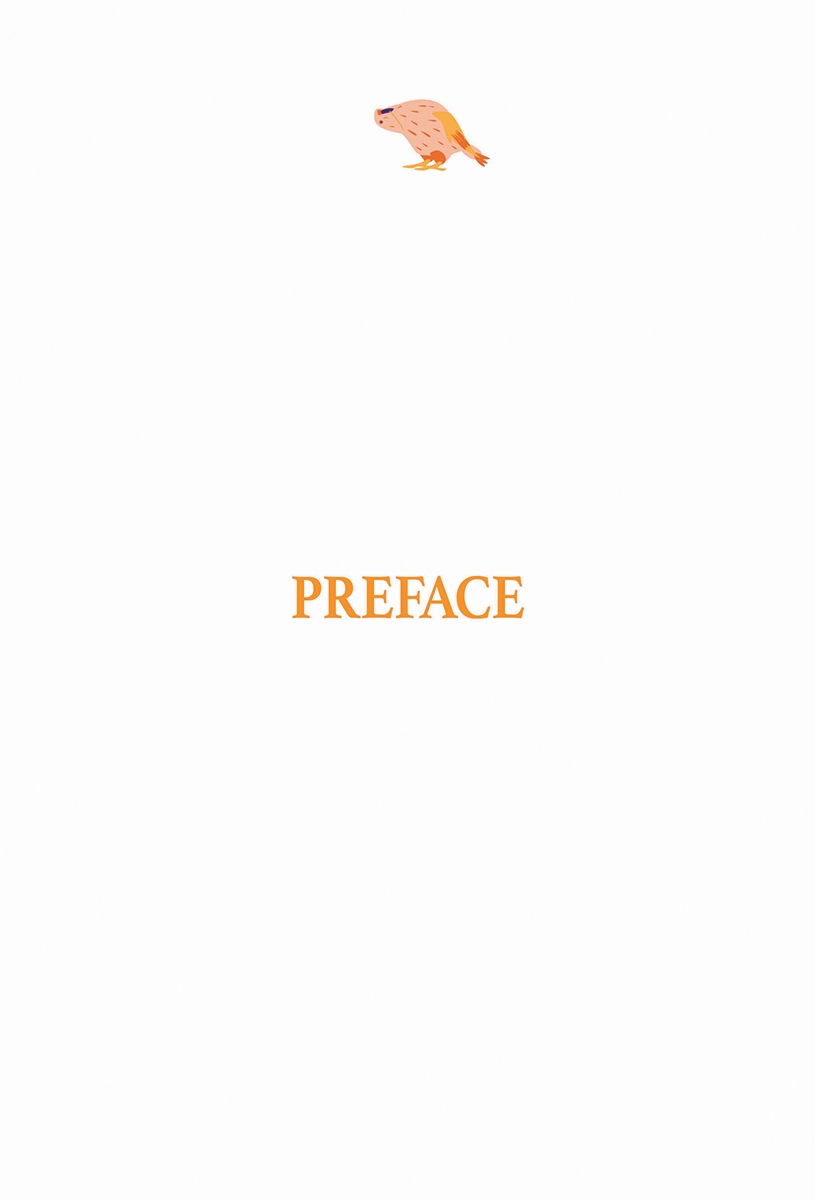Never has a traveler or writer owed so much to so many. Acknowledging all the kindnesses bestowed upon me in New Zealand would require a separate volume. But a few provided so much in the way of food, shelter, encouragement, and companionship that their good deeds must be singled out:
Peter Miller, who met me at the airport, introduced me to the New Zealand bush, overwhelmed me with hospitality on six occasions, and offered me the title to his land; Charlie, Marie, and Brendan Daugherty, who on numerous occasions welcomed me into their home like a head of state, and without whose direct assistance and encouragement my schemes would never have succeeded; Alison Cree and her husband, Marcus Simons, who taught me how to fend off bulls, answered a thousand questions, and sheltered me when I was roofless; Michael Thompson, formerly of Victoria University, who arranged my visit to Stephens Island; Donald and Jill Cooper, who served me roast mutton (the unofficial national dish) and introduced me to the ways of sheep; Henry and Ann Paish, friends, fellow bird enthusiasts, and hosts for nearly a week; Arthur George Salt Spray Green, artist, brewer of beer, and retired seaman, who housed me on Waiheke Island; and Stanley Palmer, who after a grueling research trip gave me free use of his home and bathtub, and who presented me with a gift of lithographs, vivid mementos of the New Zealand landscape I will treasure always.
A few institutions also deserve grateful mention: the Victoria University of Wellington, which encouraged my participation in several research projects; the New Zealand Wildlife Service, now incorporated within the N.Z. Department of Conservation, which granted permissions and partial sponsorship for expeditions to Stephens, the Poor Knights, and Red Mercury islands; the World Wildlife Fund, which provided financial backing for much of the research in which I became involved; the New Zealand Consulate in New York, where I was granted freedom to rummage through several shelves of books; the American Museum of Natural History in New York, where the library staff helped me locate rare nineteenth-century zoological journals, and Michael Klemens showed me a tuatara preserved in a jar; and Yale University, which kindly granted access to its renowned Sterling Library.
Max Gartenberg, my agent, helped polish the manuscript, and later he brought it successfully to market. Jack Macrae and Amy Robbins at Henry Holt showed faith in the book, supplied hundreds of helpful critical comments, and helped cast the text in its final form. Debbie Koester, Jeff Parsons, Suzanne Lewis, and Michael Hurrell read and commented on early drafts of the manuscript. To all these people, and to Robin Miller for putting me in touch with his brother Peter, I am grateful.
I also thank my family, my friends, and my travel agent, Ingrid Malmstrom Saldibar. Without their support, I might have stayed at home.
This book tells the story of three journeys to the other land down under - New Zealand.
New Zealand is a place of striking contrasts. Within its borders, modern cities and prosperous farms coexist with Mesozoic beasts lifted straight from Arthur Conan Doyles Lost World. There are subtropical forests of palms and tree ferns, glaciers, and geysers that rival Yellowstones. You can gaze at the night sky in New Zealand and watch a flock of imported Canada geese pass before the Southern Cross; in an hours journey, you can travel by automobile from an alpine world indistinguishable from Switzerland (except by a botanist) to a seacoast that could pass for Tahiti.
Few readers in the Northern Hemisphere, I suspect, are familiar with New Zealands geography, zoology, botany, and history. This lack of knowledge is perfectly understandable. New Zealand is a small and peaceful country, far from most of the worlds population in linear distance and remote from its daily consciousness. For the most part, New Zealands climate is mild and so are its politics. Neither generates disasters or controversies unpleasant enough to hold the attention of European and American journalists. In the nineteenth century, Anthony Trollope and Mark Twain published accounts of visits to New Zealand, but few northern writers have come after them. Among Europeans and Americans, Australias compact eastern neighbor is better known for its exports - butter, frozen lamb, kiwi-fruit, Granny Smith apples, antinuclear activism, whole-language teaching, Edmund Hillary, Katherine Mansfield, the opera singer Kiri Te Kanawa, the mystery novels of Ngaio Marsh - than for its endemic wildlife, Euro-Polynesian culture, fresh air, clear water, and grand scenery.
Rather than try to stuff the obligatory facts and figures regarding New Zealand into my narratives first pages, I have placed them in a separate section at the beginning. This arrangement is designed to preserve some of the spontaneity of real travel. During the first weeks of a trip, few of us pause every few miles to cram from the Encyclopedia Britannica; rather, we do our reading before leaving home.
Most journeys or series of journeys begin with an objective. Mine was to get away from home and to escape a job I no longer found satisfying. At the time, I lived in crowded, overdeveloped Westchester County, the business end of New York State, in the United States of America. I served as resident naturalist of a wildlife reserve. Although one would think that working among plants and animals in a protected woodland would (as occupations go) be rather peaceful, in fact, the reserves organizational politics were stormy. Thus New Zealands mountains, forests, glaciers, farms, labyrinthine coastline, wildlife, million sheep, and million allegedly even-tempered natives promised to be everything that my job and habitat were not. Off I went, into the unknown.
To the Southern Hemisphere, I carried the usual tourists longings for good food, potable water, and Kodachrome scenery. I also brought along a secret desire. I aimed to find and to see - not in a zoo but wild and free - three animals: the flightless bird known as the kiwi, of which there are three species ( any one would do); a strange and primitive reptile, neither lizard nor snake nor turtle nor crocodilian, known as the tuatara, which lives nowhere else in the world save for a few obscure islands off the New Zealand coast; and at least one of the islands three rare, endemic frogs. The New Zealand frogs, the last survivors of a nearly extinct lineage, are primitive beasts. They lack vocal sacs and eardrums, make no sounds to speak of, and live under rocks where they are rarely found. The frogs were so elusive that the original Polynesian inhabitants of New Zealand occupied the country for a millennium without detecting their existence. Somehow I got it into my head that if I tracked down these creatures - the kiwi, the tuatara, the frog - I would get to know, far more deeply than the average tourist, a land reputed to be among the wildest and most beautiful on earth.
So I quit my post, stored all of my possessions, and booked a flight on Air New Zealand. (My policy: always choose the national airline of the country to which youre traveling, because it has the most to lose from a crash.) I set off on a chilly November day. I took three trips to New Zealand over a span of five years. During the course of them, I made a flock of personal discoveries, forged rewarding friendships, saw some of the worlds most unusual plants and animals, and returned home without permanent wounds or disabling diseases.

